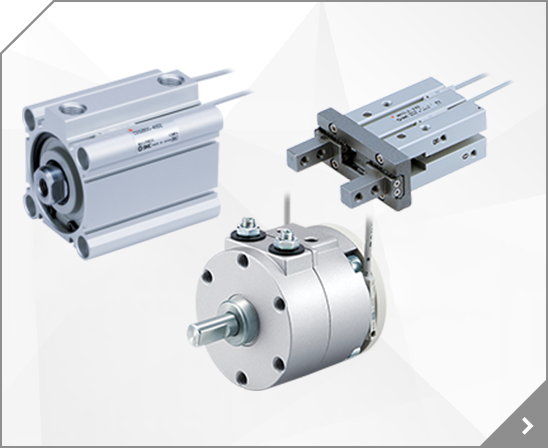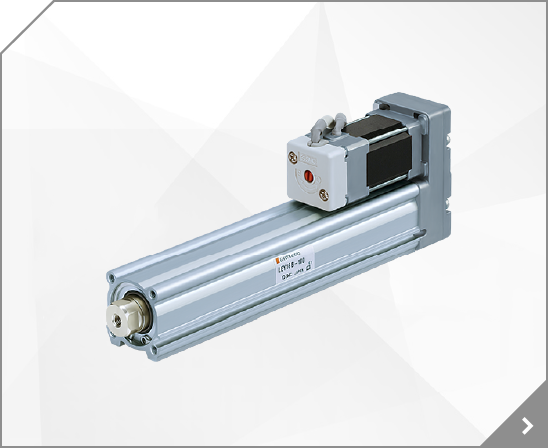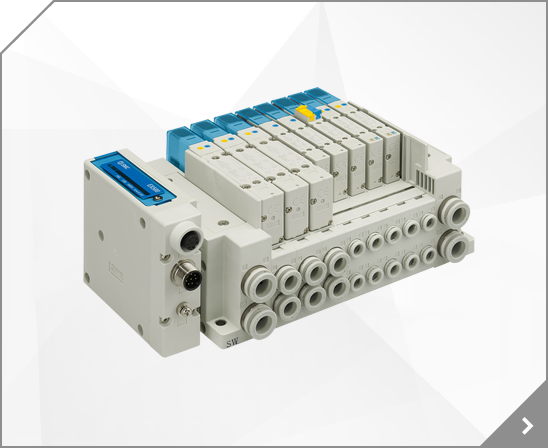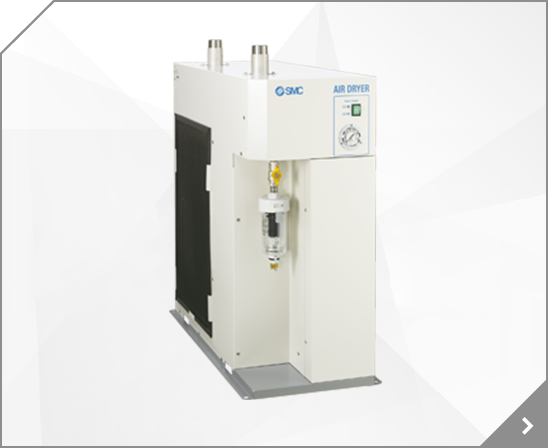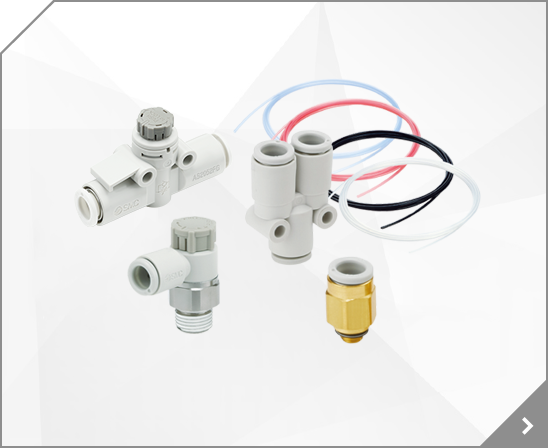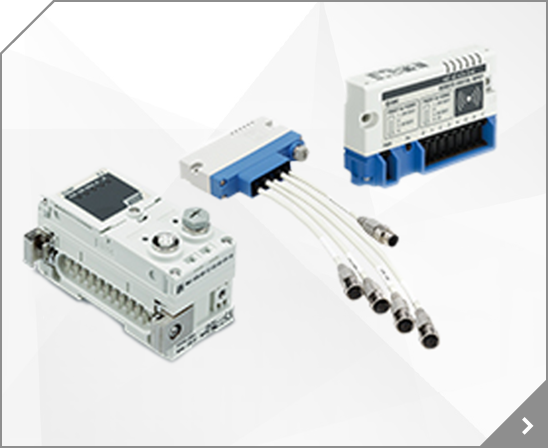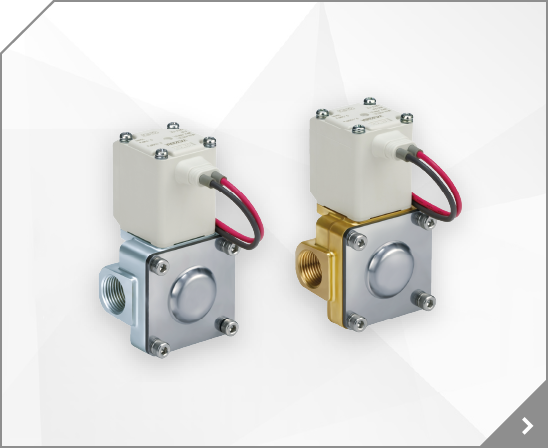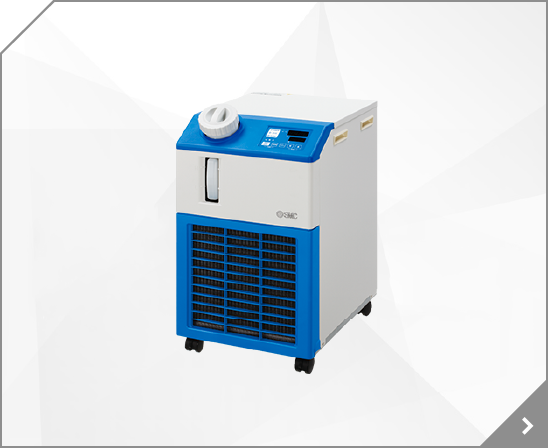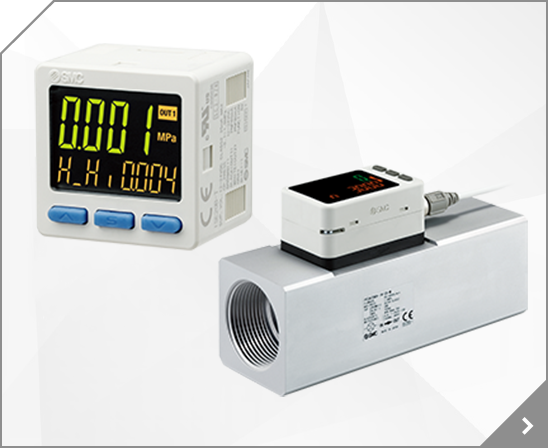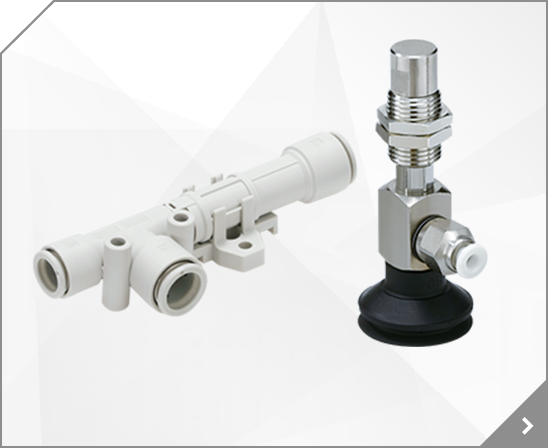
This is a legacy product, and replaced byCDJ2B10-100Z-B, CYL, RND BODY, ACTUATOR, CJ2 ROUND BODY CYLINDER, EE, 10MM CJ2 DBL-ACT AUTO-SW, .13457 lb
Use the part number “CDA2B50-100Z” for the cylinder with an auto switch magnet.
Magnet: None, Mounting: Front Flange, Bore Size: Ø100, Port Thread: NPT, Stroke: 200mm, Option: w/o Rod Boot, Bracket: -, Knuckle Joint: -, Auto Switch: -, Lead Wire or Prewired Connector: -, Number: -
Magnet: None, Mounting: F (Front Flange), Bore Size: Ø100, Port Thread: TN (NPT), Stroke: 200mm, Option: w/o Rod Boot
Magnet: None, Mounting: Front Flange, Bore Size: Ø100, Port Thread: NPT, Stroke: 250mm, Option: -, Auto Switch: -, Lead Wire or Prewired Connector: -, Number: -
Magnet: None, Mounting: Front Flange, Bore Size: Ø100, Port Thread: NPT, Stroke: 200mm, Option: -, Auto Switch: -, Lead Wire or Prewired Connector: -, Number: -
Magnet: None, Mounting: Front Flange, Bore Size: Ø100, Port Thread: NPT, Stroke: 100mm, Option: -, Auto Switch: -, Lead Wire or Prewired Connector: -, Number: -
This is a legacy product. Please contact us for the latest version.sales@ocaire.com, MB CYLINDER, ACTUATOR, MB TIE-ROD CYLINDER, SK, 100MM MB NON-ROTATING, 16.5078 lb
This is a legacy product. Please contact us for the latest version.sales@ocaire.com, MB CYLINDER, ACTUATOR, MB TIE-ROD CYLINDER, SK, 100MM MB NON-ROTATING, 16.5078 lb
The MB series medium duty tie rod cylinder offers an improved design that enhances cylinder operation and ease of use. The standard air cushion utilizes a floating cushion seal to eliminate piston rod bouncing. The cushion volume has been elevated permitting about 30% more allowable kinetic energy absorption. The port and captive cushion adjustment valve are located on the same side of cap
This is a legacy product. Please contact us for the latest version.sales@ocaire.com, CYL, TIE ROD, NON-ROT, ACTUATOR, MB TIE-ROD CYLINDER, SK, 100MM MB NON-ROTATING, 16.45115 lb, SeriesDescriptionModelActionNoteVol. no. (for std model)MBNon-rotating rod typeMBKDouble acting, Single rod--666
Magnet: None, Style: Pneumatic, Mounting: L (Axial Foot), Bore: 32mm, Port Thread: TN (NPT), Stroke: 100mm, Cushion: Rubber Bumper, Rod End Thread: Male Rod End, Rod Boot: None
Magnet: None, Style: Pneumatic, Mounting: B (Basic Style), Bore: 32mm, Port Thread: TN (NPT), Stroke: 100mm, Cushion: Rubber Bumper, Rod End Thread: Male Rod End, Rod Boot: None
Magnet: D (Built-in Magnet), Mounting: BZ (Boss-cut Basic), Bore Size: 20mm, Port Thread: TN (NPT), Stroke: 100mm, Rod End Thread: Male Rod End
Magnet: D (Built-in Magnet), Mounting: F (Front Flange), Bore: 20mm, Stroke: 100mm, Cushion: Rubber Bumper, Rod End Thread: Male Rod End, Rod Boot: None
Magnet: None, Mounting: B (Basic), Bore: 50mm, Thread: Rc, Stroke: 100mm, Rod Boot/Cushion: None (Rod Boot; Cushion, Both Ends)
Magnet: None, Mounting: L (Axial Foot), Bore: 50mm, Thread: Rc, Stroke: 100mm, Rod Boot/Cushion: None (Rod Boot; Cushion, Both Ends)
The MB series medium duty tie rod cylinder offers an improved design that enhances cylinder operation and ease of use. The standard air cushion utilizes a floating cushion seal to eliminate piston rod bouncing. The cushion volume has been elevated permitting about 30% more allowable kinetic energy absorption. The port and captive cushion adjustment valve are located on the same side of cap
The MB series medium duty tie rod cylinder offers an improved design that enhances cylinder operation and ease of use. The standard air cushion utilizes a floating cushion seal to eliminate piston rod bouncing. The cushion volume has been elevated permitting about 30% more allowable kinetic energy absorption. The port and captive cushion adjustment valve are located on the same side of cap
The new style MGP has a shorter guide rod and thinner plate resulting in a weight reduction of up to 17% over the original MGP. The series is designed for high side load applications found in material handling, lifting and stopping. The cylinder utilizes an ultra-compact design by incorporating the cylinder body as part of the guide body. As the stroke length increases, so does the bearing
